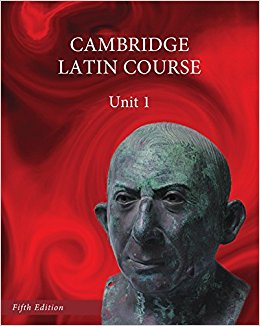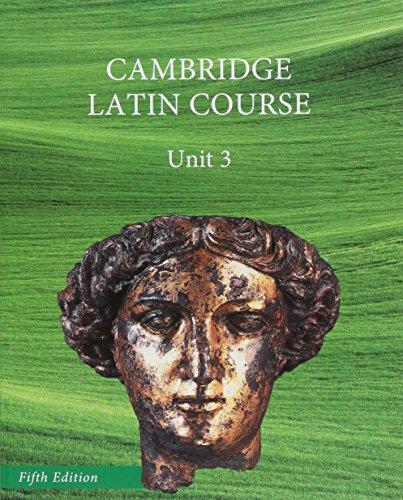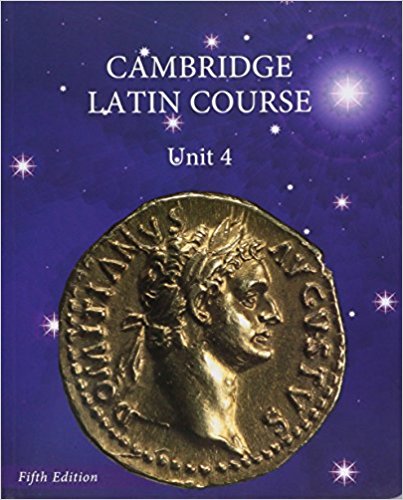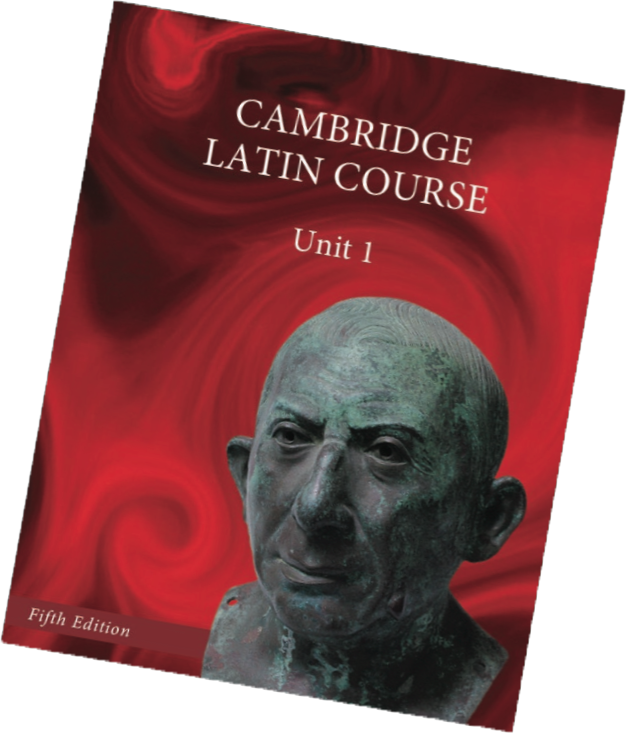Access to Stages 1 and 2 is free. Stage 3 onwards requires a subscription.
Caecilius' house is alive with activity - a business acquaintance is coming to dinner and Caecilius is hoping to impress him. Will the evening go smoothly or will it end in disaster? A lot depends upon the cook, Grumio - let's hope he can serve up a meal fit for a Roman banquet!
Digital Activities
These sections have been moved to the Cambridge Elevate platform. Please click below to go to Elevate. Elevate
WebBooks
The Stories
Practising the Language
Please note: the Cultural Background weblinks section has been removed.






















































 CSCP on Twitter
CSCP on Twitter